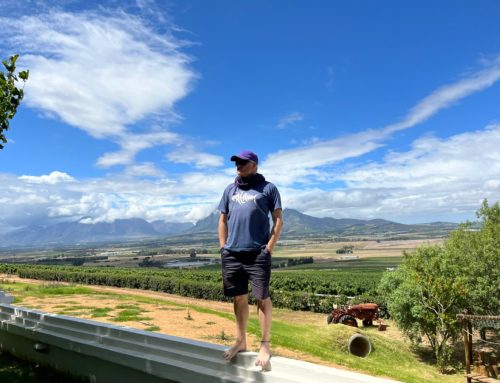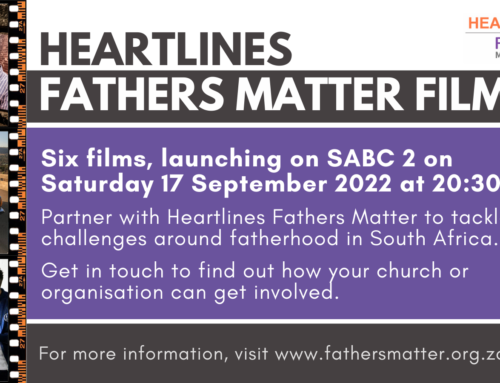“Why do you wear those things on your knees?” “Look at Steph, she is so slow. Ha ha!” “Why can’t she run and jump like a normal kid?” “Steph you’re a freak.”
These are the refrains that followed me around as a child born with the mildest possible strain of Ataxia, which is a form of Cerebral Palsy. As an adult, I am incredibly fortunate that I now live a “normal” life, have a “normal” appearance, and nobody could ever tell that I have CP. As a child, it was a very different matter.
My parents realised there was something wrong with me when I failed to meet any of the physical development milestones as a baby and toddler. I was taken to a specialist, who diagnosed Ataxia. “She may walk one day,” the good doctor told my parents. “She will never run or lead a normal life.” I have often thought about taking a jog past that doctor’s home. That is my first message: While doctors are obliged to be pessimistic, they are not always to be believed.
I started pre-primary school at Browns School for disabled children. Six months before I was due to start grade one, I was moved to a mainstream school, and it was here that my personal hell began, and it continued unabated until I started high school.
As a five-year-old, I can remember being held up against a wooden locker with a girl’s hands on my shoulders and having her shake my whole body body to make her point, because she could, and because I was physically unable to defend myself while she displayed her “power”. My mother tells me that she had to keep me at home for a day so that the teacher could try to explain to my classmates that I was, in fact, a human being with feelings.
The cycle continued through primary school, worsening in Grade 5 when, due to repeated episodes of my knees dislocating due to the lack of muscle tone, I had to start wearing knee braces. Not the fashion accessory a ten year old girl who already had coke-bottle glasses wants to be sporting. Here is another thing parents of disabled children need to know: the cruelty of children knows no bounds, and teachers often do not see it, or choose to ignore it. Your child, if he or she is anything like me, will not tell you the severity of the hell that they endure. Firstly this would mean reliving their ordeals in the safety of their home, and secondly they know the only solution is to not go to school, which no parent would ever allow.
From Grade 8 onwards, kids tended to leave me alone rather than pick on me, and life started to slowly improve. I breathed a massive sigh of relief in Grade 9, when my knees were declared strong enough that I no longer needed to wear the knee braces. However, I was still known as the kid who had been disabled, and it was only when I started university that I was truly able to start a “normal” life, and be seen as just the same as everybody else.
Another thing that parents MUST do is ensure that their child fully understands what is wrong with them, what their limitations are and how any treatment is helping them. I never fully understood the logic behind needing to wear knee braces and do vast amounts of tortuous exercises every day. If I had, I believe I could have made this time in my life a shorter one.
I have often wondered whether it would have been better for my parents to leave me in schools for disabled kids right to matric. If you are the parent of a disabled child, I urge you to think twice before putting him or her into a mainstream school. As I said, “normal” children will squash the joy out of every one of your child’s days, and while they may physically be up to the challenge of mainstream school, the emotional ramifications will be huge. Those scars are the only real remnant of Ataxia that I will carry with me all my life.







Thanks for sharing Steph. So does CP affect you nowadays in any way?
Yeah I hear you about pessimistic doctors but sheez, some of them have zero bed manner.
Steph…I am so sorry that you had to suffer both a disability and the bullying cruelty of other children. Ive never truly understood what creates cruelty in these kids. But as a parent…I only hope that my kids would tell me of their suffering. Honestly…I’d prefer NOT to send my kids to school than to allow them to go through what you went through. Thank you for reminding us parents what it felt like to be a kid in that situation. I believe this is a great reminder even if your kid doesnt have the usual considered disability. Glad you’ve grown up to be an exceptional adult and writer.